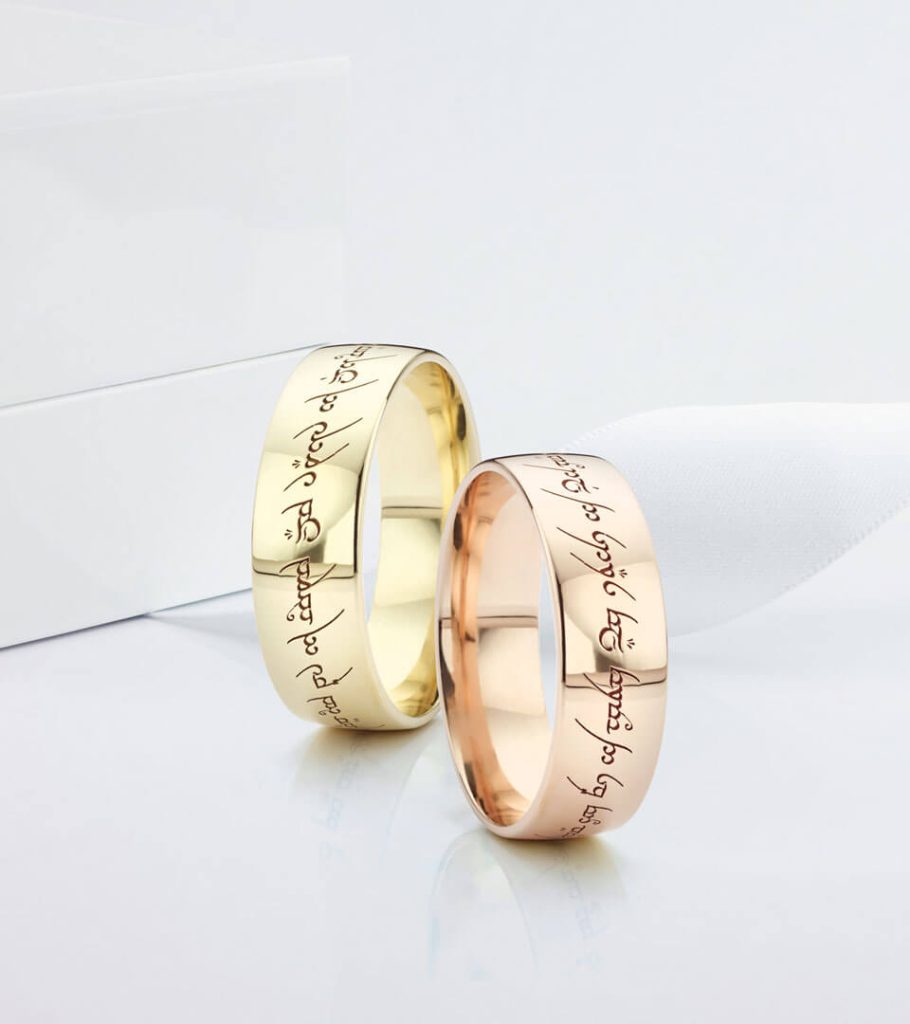Researching the history of a single gemstone can be a fascinating journey that combines science, culture, and storytelling. Here’s how you can approach it in a straightforward way.
Start by identifying the gemstone clearly. Knowing its exact type—whether it’s a ruby, sapphire, emerald, or something more unusual—is crucial because each stone has its own unique background and characteristics.
Next, dive into the scientific side. Gemstones are minerals with specific structures and properties that scientists study to understand their origins and formation. You can look for research articles or reports from gemological institutes that analyze these stones using advanced techniques like spectroscopy or microscopy. These methods reveal details about the stone’s color causes, inclusions (tiny internal features), and even geographic origin based on trace elements found within them.
For example, labs like the Gemological Institute of America (GIA) have developed ways to determine where certain gemstones come from by studying their chemical fingerprints. This kind of information helps connect a gemstone to particular regions or mines around the world.
Alongside scientific data, explore historical records and cultural references related to your gemstone. Ancient civilizations often prized specific gems for their beauty or supposed powers; texts from Babylonia or Greco-Roman times might mention them. Museums’ collections and archives sometimes hold valuable insights into how these stones were used in jewelry or art through different eras.
You should also check modern market trends since they reflect ongoing discoveries about gemstones’ origins and qualities as well as changes in grading standards over time.
Putting all this together gives you both a technical understanding of your gemstone’s makeup plus an appreciation for its place in human history—from geological formation deep underground to treasured object across cultures worldwide.

